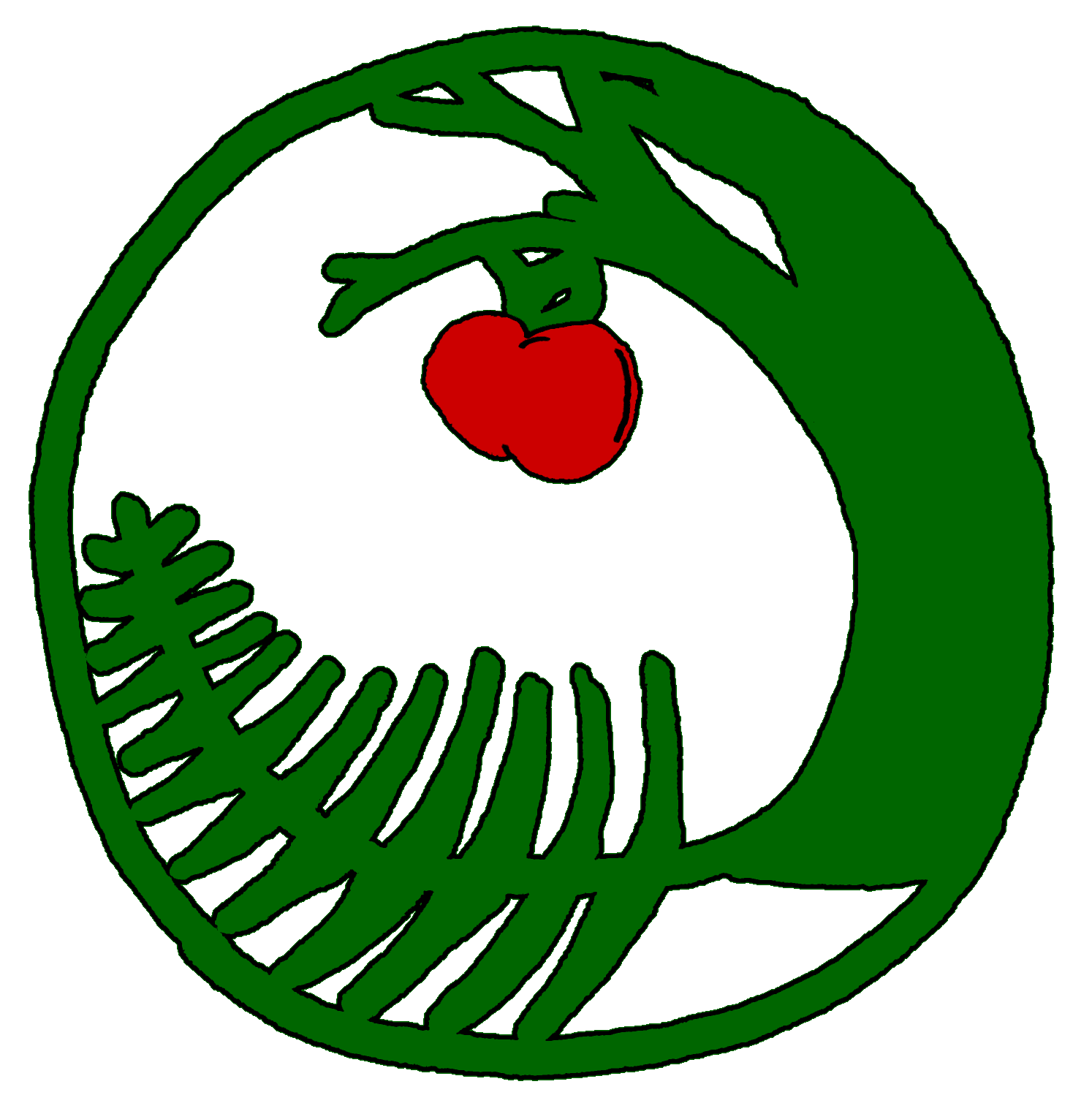'York' is a variety of American elder selected from the cross of Adams #2 and Ezyoff at the Geneva Experiment Station in New York in 1964. Its medium-sized dark berries ripen slightly later than... more->
Fern Hill Nursery and Botanical Sanctuary
Edible, medicinal, and native plants for the Pacific Northwest
We spent 13 years building an abundant fruit forest, annual veggie beds, perennial medicinal herbs, and a healthy mixed hardwood-coniferous forest and now we've sold our property to the next stewards so that we can begin a new homesteading project in Vermont closer to our best friends and their kids.
Don't worry - we plan to keep this website up and running so that our customers can reference what we've written about our plants!
We'll let you know once we re-start a farm in Vermont!
elderberry
Elder shrubs prefer partial shade to full sun, with higher yields in more sun. It's best to irrigate them in summer if they are not planted within sight of a creek or pond.
The berries are renowed as a nutritive anti-viral and immune system tonic. We like to make a honey-based syrup from dried berries to help out with the fall and winter cold season. A tea of the flowers is a gentle anti-pyretic diaphoretic that helps encourage sweating and natural fever relief for kids and adults alike. Don't forget that a poultice of the leaves makes an external antiseptic vulnerary to speed the healing of bruises and wounds. So much medicine from such a beautiful plant!
American elderberries (Sambucus canadensis) are native to the Midwest and are more vigorous than black European elderberries (Sambucus nigra). Both are planted commercailly for medicinal berries. The berries of the Oregon native blue elderberry (S. cerulea) also make wonderful medicine, and they are more drought tolerant than other varieties. Don't accidentally mistake red elderberries (S. racemosa) for any of the edible and medicinal varieties - they are not safe to consume.
This PDF journal article provides a detailed comparison of both European and American elderberry varieties in field trials in Corvallis, OR.
As the old saying goes, "When you find your homestead, first plant an elderberry, then build your house."
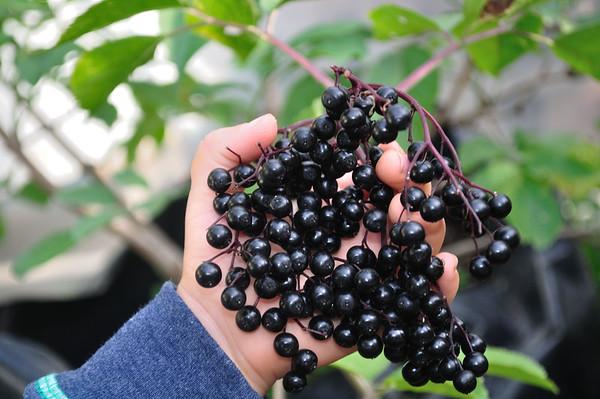
This variety began producing very large clusters of medium-sized dark purple berries for us in the second year, and it has doubled the yield each year since! Samdal was originally developed in... more->
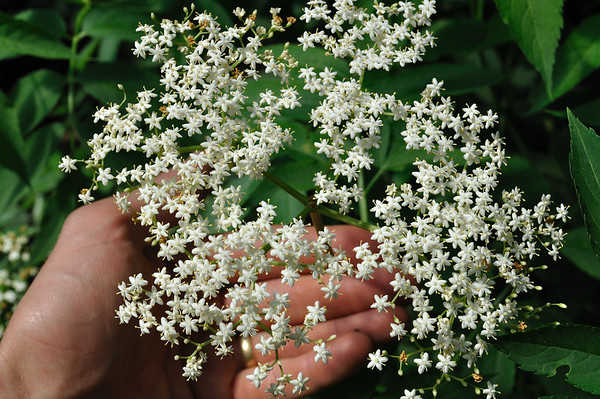
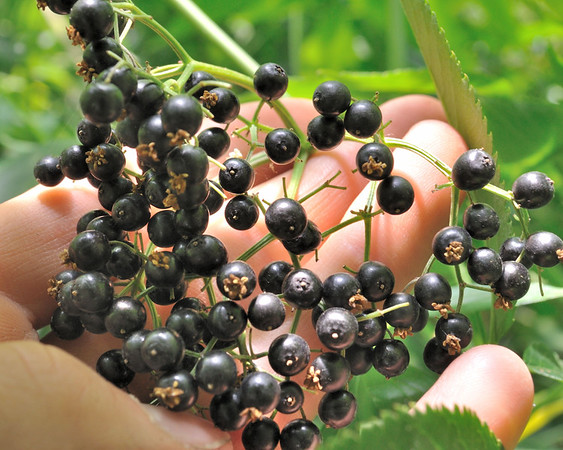
Ranch is shorter and more compact than most elderberry varieties. It gets only 5ft tall, so berries are easier to reach for harvesting. more->

'Nova' is a variety of American elder, selected for its reliable yield of medium-sized dark berries at a germplasm center in Kentville, Nova Scotia, Canada in 1960. Although it may have better... more->
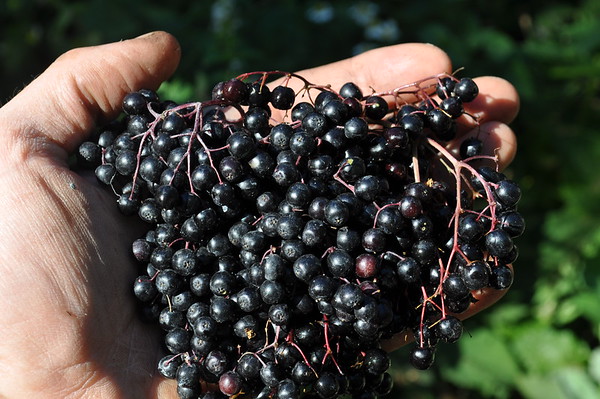
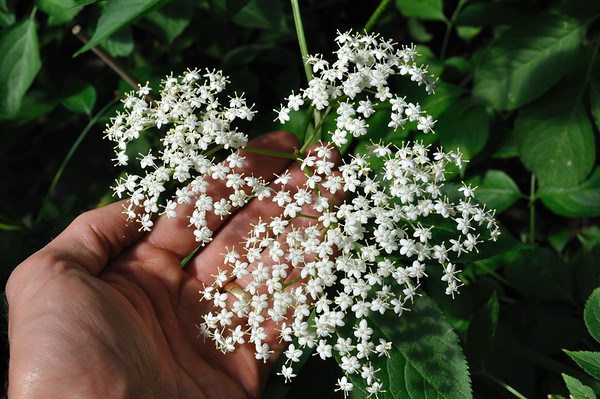
'Haschberg' is a variety of black European elder, especially popular in commercial orchards in Austria and Germany. It produces abundant and large clusters of dark purple berries, and grows to... more->
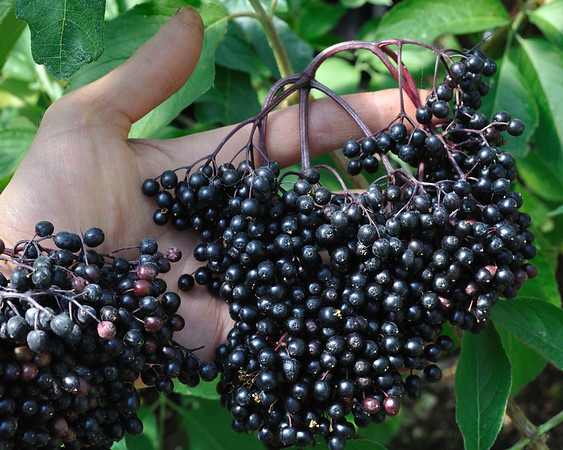
'Korsor' is a variety of black European elder from Denmark, notable for its large, dark, juicy berries. It grows to about 8 feet tall.
European black elderberries are the most sought-after... more->
